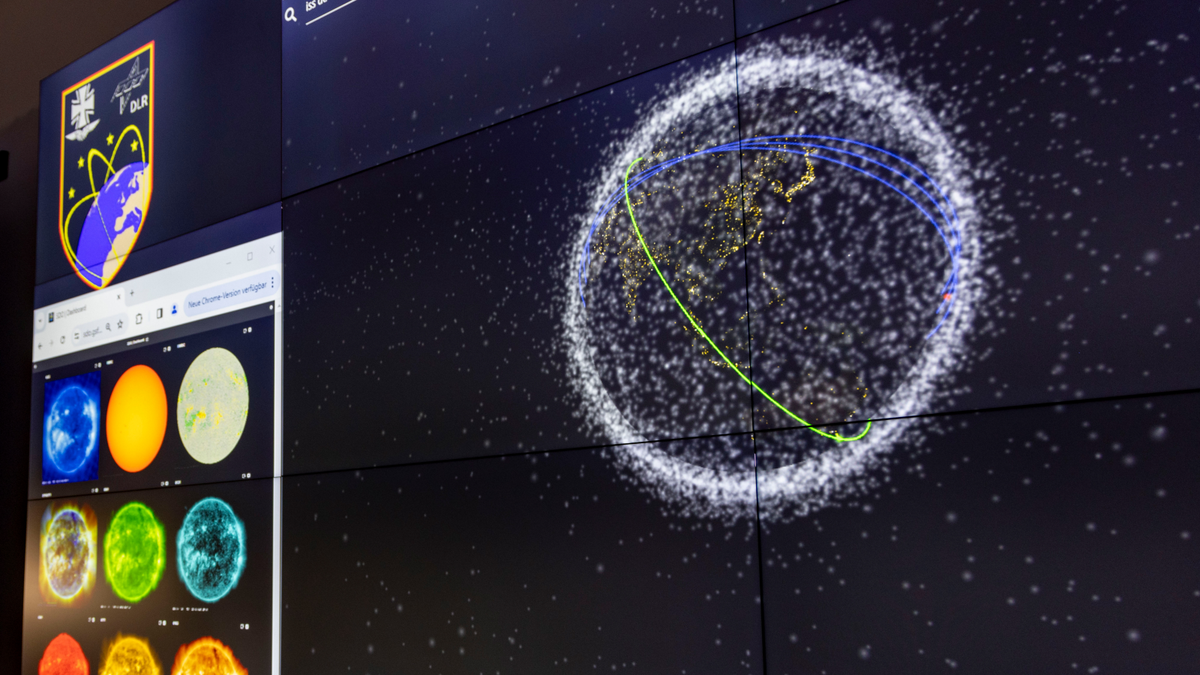Earlier this year the The peace of a Florida neighborhood was disturbed when a piece of junk from the international space station crashed through a house. This was followed in May by a 90-pound piece of a SpaceX Dragon ship crashing into a camping resort in North Carolina, raising the question: are space agencies doing enough to protect us from falling space debris?
The answer, it turns out, is probably no. As government agencies like NASA and private companies like SpaceX and Blue Origin race to put more and more technology into orbit, a new report from Ars Technica warns that more needs to be done to understand space debris.
The the space above our planet is currently filled with everything from leftovers from the Apollo program to debris from the ISS and even broken satellites. To remove this junk, scientists typically spend years trying to find safe ways to return things like decommissioned satellites to Earth, which means they’re forced to burning in our atmosphere or crash back into the ocean. However, things don’t always go according to plan.
This year there has actually been a bizarre spike in the number chunks of space junk landing on U.S. soil. The spike comes as a flurry of new satellites are launched as part of the Skylink system and private companies are sending more people into space.
All of this means that the safety of innocent people on Terra Firma is at risk, as falling space debris becomes less predictable. According to Ars Technica, Experts have warned that there are now too many variables at play when it comes to predict how space debris will now fall back to Earth.
As a result, the risk of space debris crashing back onto land increases. In the case of a Dragon ship fragment that crashed onto American soil, everything from the weave of the materials used to the way it was fell through the atmosphere affected how the craft survived the journey, as Ars Technica explains:
According to Greg Henning, manager of the debris and waste disposal division within Aerospace’s space awareness division, the orientation of a spacecraft during its fall into the atmosphere can also affect its chances of survival.
“Is it tumbling? Is it going to come back into a stable configuration? There are so many things that go into what actually happens during reentry,” he told Ars. “It just makes it more complicated to figure out whether something is going to survive or not.”
While tests can be performed before a broken spacecraft begins its descent, those calculations don’t always provide the best insight. In fact, NASA and SpaceX engineers predicted that the Dragon parts that fell to Earth would burn up in the intense reentry process, with none surviving.
However, that did not happen and remnants landed on American soil. Now, NASA and SpaceX to analyze the remains to give them a better idea of how components and materials behave in free fall from space. Ars Technique adds:
“During initial design, the Dragon spacecraft case was evaluated for reentry and was predicted to burn up completely,” NASA said in a statement. “The information from the debris recovery provides teams with an opportunity to improve the debris model. NASA and SpaceX will continue to investigate additional solutions as we learn from the debris discovered.”
So far, the close encounters we’ve had with falling space debris haven’t harmed anyone in America. And while the European Space Agency claims the annual risk of someone being injured by falling space debris is “less than 1 in 100 billion,” that risk could be increasing.
There are currently more than 120 million pieces of debris floating around in space. Many of them will probably never make it to land, but the risks they pose will only increase as that number rises.
